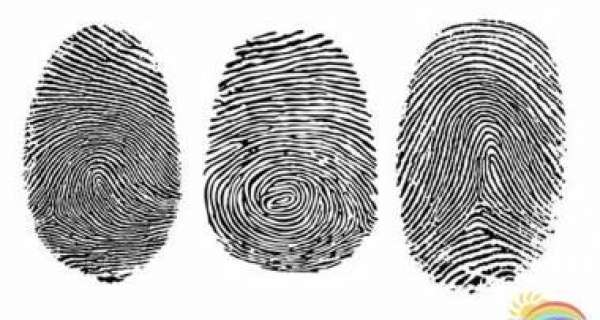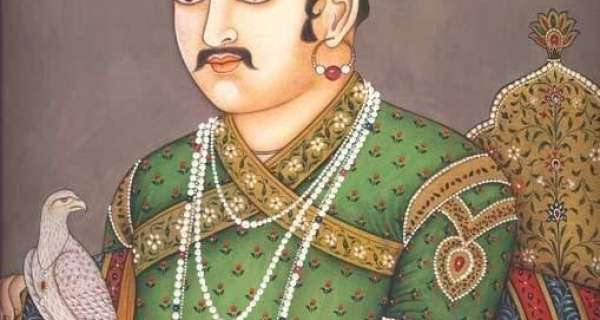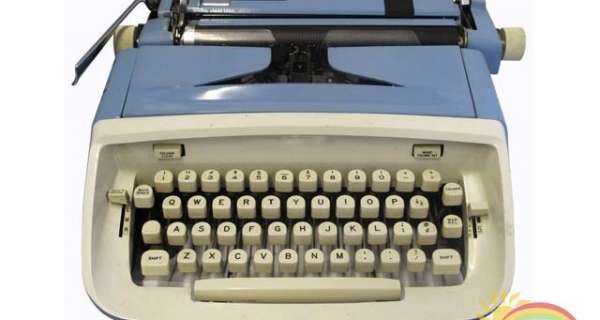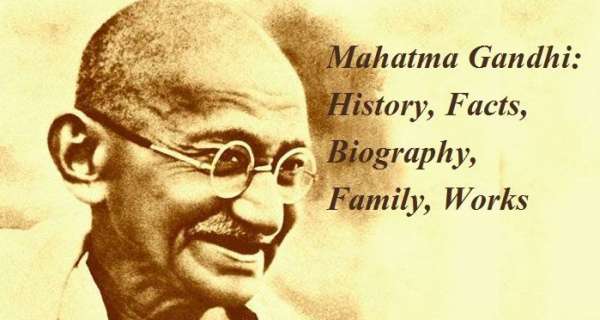So we can say that fingerprints have been used for personal identification for at least two thousand years. But there is a difference between knowing that man makes individual fingerprints and organizing this information in a scientific way.
The first important contribution to the science of fingerprinting was made by Marcello Malpighi in 1686. Malpighi, an Italian anatomy professor, studied the ridges of fingertips under a microscope. He saw that these ridges were arranged in patterns of loops and spirals.
Fingerprints were first used officially in Europe to identify prisoners in 1858. A few years later, the first study on the possible use of fingerprints was published. This study described a method of taking prints by using a thin film of printer's ink, a method that is still used today.
In the 1880's Sir Francis Gallon, an English scientist, began work on a system for classifying fingerprints. Some years later the system was simplified by Sir Edward Henry, a London police commissioner. Soon after that, fingerprints were being used almost everywhere as a means of identification and crime detection.
Did you know that in many hospitals today the footprints of babies are taken shortly after birth? They are also a means of identification.














